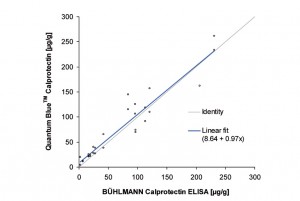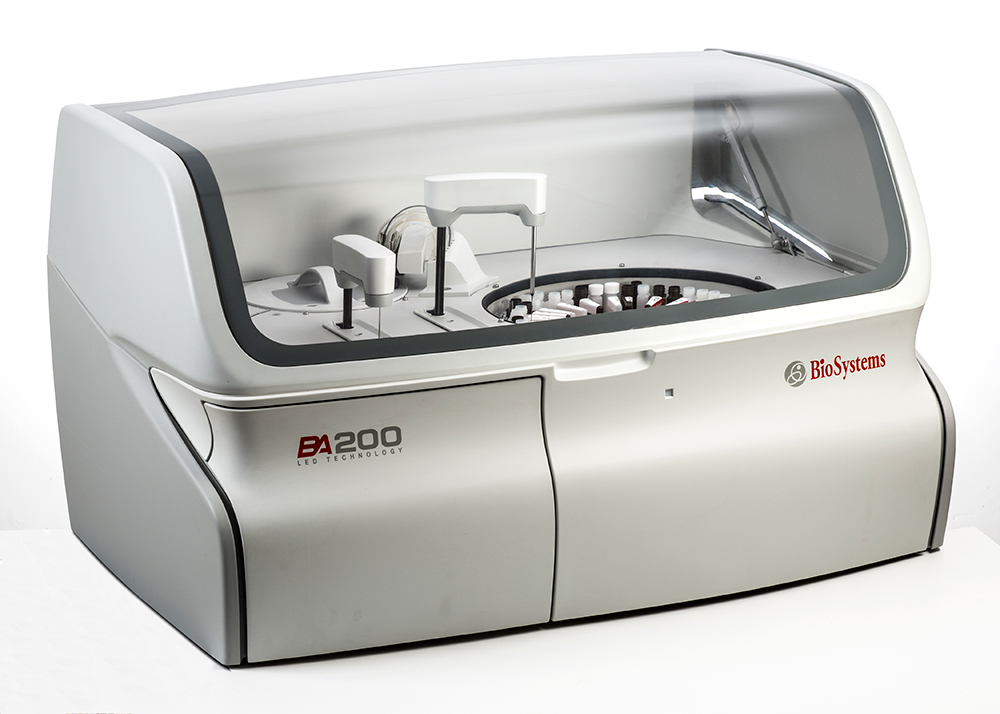Risk of COVID-19 Infection from Faecal Samples
It has been well documented that Coronavirus is shed in stool samples with many publications documenting that viral RNA can be detected in both symptomatic and non-symptomatic individuals. However, due to the speed of the coronavirus pandemic, extensive evaluation has not been carried out and most of these publications have not been peer reviewed. What is unclear, is if the viral RNA that has been detected poses an infection risk, or what viral load is required to cause transmission.
We have summarised some of the publications that are available that you may wish to study when reviewing the risk assessment for handling samples within your laboratory:
Prof. Dr. med. C. Drosten et al. March 2020, demonstrated that they were unable to isolate viable virus from faecal samples positive for viral RNA. However, this data was very limited and not peer reviewed, so it has yet to be validated. There were only 13 serial samples tested (between days 6-12) on 4 patients so very limited. In addition, at the time of publication of the German pandemic, the severity of affected patients has been lower than other countries.
Most of the peer reviewed data are from the early experiences in China. Characteristics of paediatric SARS-CoV-2 infection and potential evidence for persistent faecal viral shedding, Yi Xu et al, Nature Medicine, April 2020 stated that RNA remained positive in faecal samples even after nasopharyngeal samples were negative and thus postulated that a potential faecal oral route of transmission was feasible, as was the case with SARS and MERS. However, they did not evaluate the viability of virus in these faecal samples. Similarly, there are more publications which look at the detection of Viral RNA, but do not test for intact/viable virus.
Correspondence in the Lancet by Yongjian Wu et al, prolonged presence of SARS-CoV-2 viral RNA in faecal samples provided further evidence of viral RNA in faecal samples and that viral shedding could occur for up to 5 weeks after a patient’s respiratory sample tested negative. Again, this did not look at the viability of the viral RNA but likened the infectivity potential to that of SARS and MERS. Replies to the correspondence stated that detection of Viral RNA did not indicate the presence of viable viral particles, nor the degree of infectivity the samples represented. However, the authors argued that although viral culture is an important method to evaluate viral infectivity and activity, it is unavailable in clinical practice because of its low sensitivity and long turn-around time for virus detection. Furthermore, two negative SARS-CoV-2 RNA PCR tests, at least 24 h apart, was recommended by WHO as one of several criteria for discharge.
In summary there is much conflicting evidence in press regarding the infective potential of faecal samples to provide a conclusive opinion. Whilst it is acknowledged that faecal samples may contain viral RNA, this does not necessarily mean that these are infectious.



